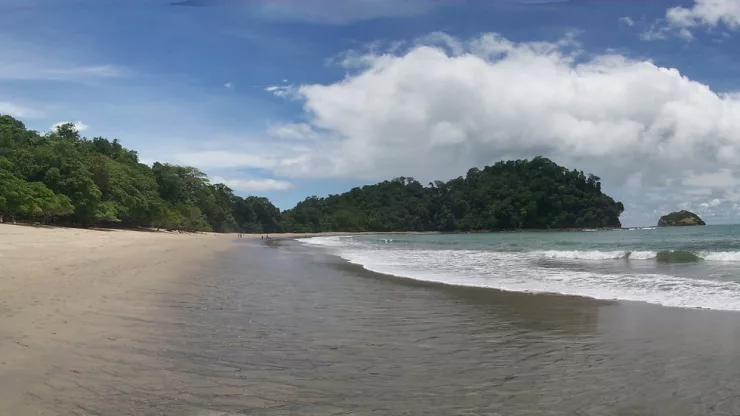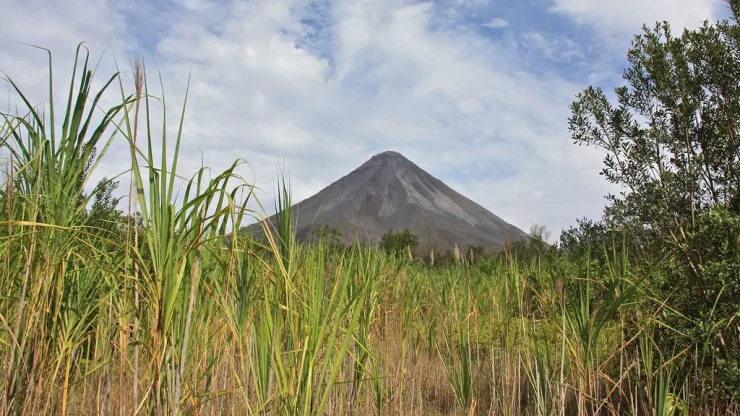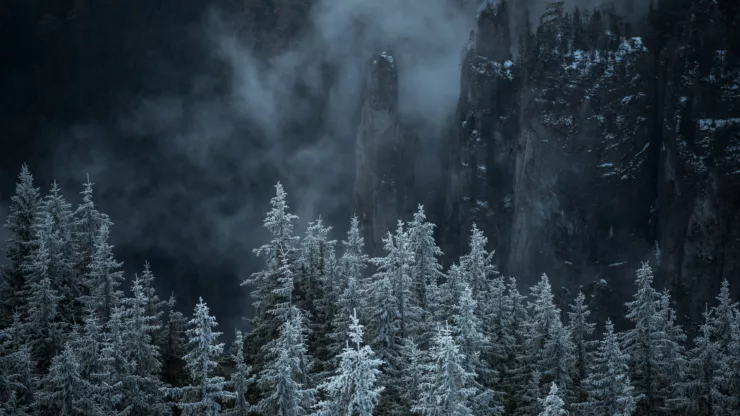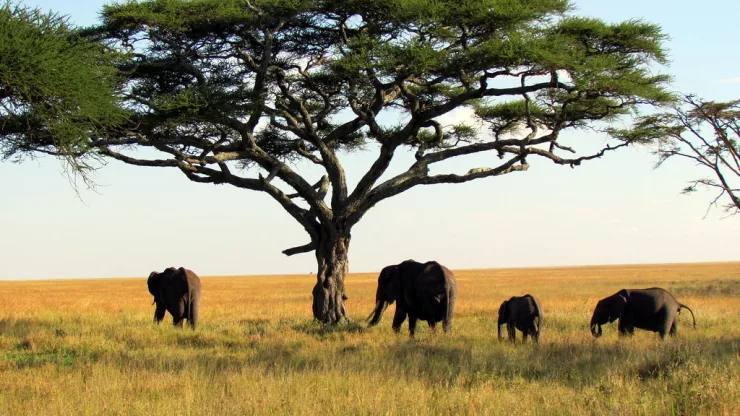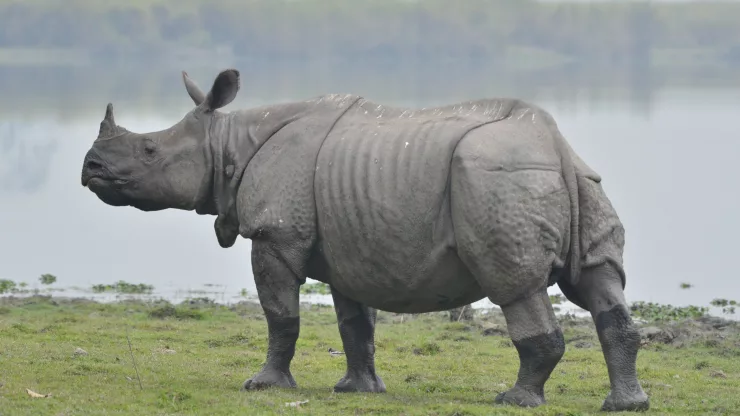Jump to Section
Discovering the Wonders of Manuel Antonio National Park
Nestled on the Pacific coast of Costa Rica lies the Manuel Antonio National Park, a biodiverse haven that offers visitors an opportunity to witness nature’s beauty at its finest.
The park boasts a rich history and has become one of the most popular tourist destinations in the country.
With its pristine beaches, lush forests, and diverse wildlife, Manuel Antonio National Park is a must-visit destination for nature enthusiasts, adventure seekers, and anyone who wants to experience the beauty of Costa Rica’s natural wonders.
A Tour of the Park’s Wildlife Sanctuary
Manuel Antonio National Park is home to a vast array of species, both big and small, which makes it an ideal destination for wildlife enthusiasts.
The park’s wildlife sanctuary is a must-see attraction that draws visitors from all over the world.
The sanctuary covers over 1,700 acres and provides a natural habitat for hundreds of species of animals, including several endangered species.
| Species | Number in Park |
|---|---|
| White-faced Capuchin Monkey | 1099 |
| Three-toed Sloth | 327 |
| Howler Monkey | 249 |
| Central American Squirrel Monkey | 102 |
| Coati | 96 |
| Agouti | 44 |
From Sloths to Monkeys: Meet the Park’s Inhabitants
The park’s inhabitants are some of the most fascinating creatures on the planet.
From the elusive three-toed sloth to the playful white-faced capuchin monkey, visitors can witness these animals in their natural habitats.
The park’s diverse ecosystems provide a natural habitat for a wide range of animals, including mammals, birds, reptiles, and amphibians.
Exploring the Diverse Ecosystems of Manuel Antonio National Park
Manuel Antonio National Park is more than just a wildlife sanctuary. The park is home to several ecosystems, including rainforests, beaches, and coral reefs.
Visitors can explore the park’s diverse ecosystems through a variety of activities such as hiking, snorkeling, and wildlife watching.
| Ecosystem | Area (hectares) |
|---|---|
| Tropical Rainforest | 684 |
| Beaches and Coastal Ecosystems | 108 |
| Mangrove Swamps | 50 |
| Coral Reefs | 6 |
Conclusion
Manuel Antonio National Park is a fascinating destination that offers visitors a unique opportunity to experience the beauty of nature up close.
With its diverse wildlife, pristine beaches, and lush forests, the park is a must-visit destination for anyone who loves nature.
Whether you’re an adventure seeker or a wildlife enthusiast, Manuel Antonio National Park is the perfect destination for your next vacation.
FAQ
What is the best time to visit Manuel Antonio National Park?
The best time to visit Manuel Antonio National Park is during the dry season, from December to April.
During this time, the weather is sunny and dry, and the park is less crowded.
Are there any endangered species in the park?
Yes, there are several endangered species in the park, including the squirrel monkey, the green sea turtle, and the hawksbill turtle.
Can I swim in the park’s beaches?
Yes, visitors are allowed to swim in the park’s beaches. However, it is important to be aware of the strong currents and riptides that can be dangerous.
What is the park’s entrance fee?
The park’s entrance fee varies depending on the season and the visitor’s nationality. As of 2021, the fee for foreign visitors is $16 USD per person.
What activities are available in the park?
Visitors can participate in a variety of activities in the park, including hiking, wildlife watching, snorkeling, and surfing.
Is it safe to visit Manuel Antonio National Park?
Yes, it is generally safe to visit Manuel Antonio National Park. However, visitors should be aware of their surroundings and take precautions to avoid theft and pickpocketing.
I’m a nature enthusiast and creator of Metro Wilds and have spent years exploring the great outdoors.
With a passion for environmental conservation and sustainability, I have dedicated my career to writing about the beauty and wonders of nature, as well as the threats facing our planet.
Contact me at [email protected] for assistance.

